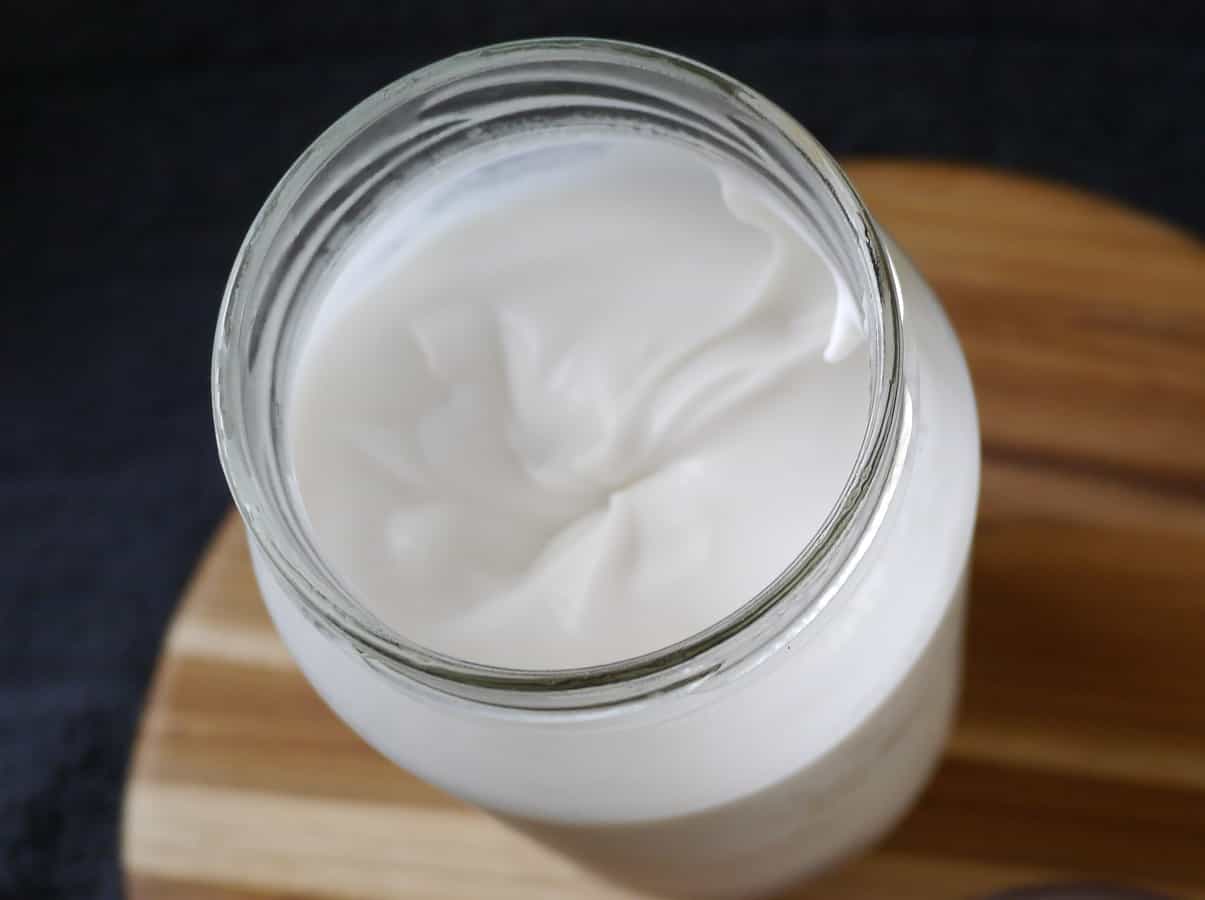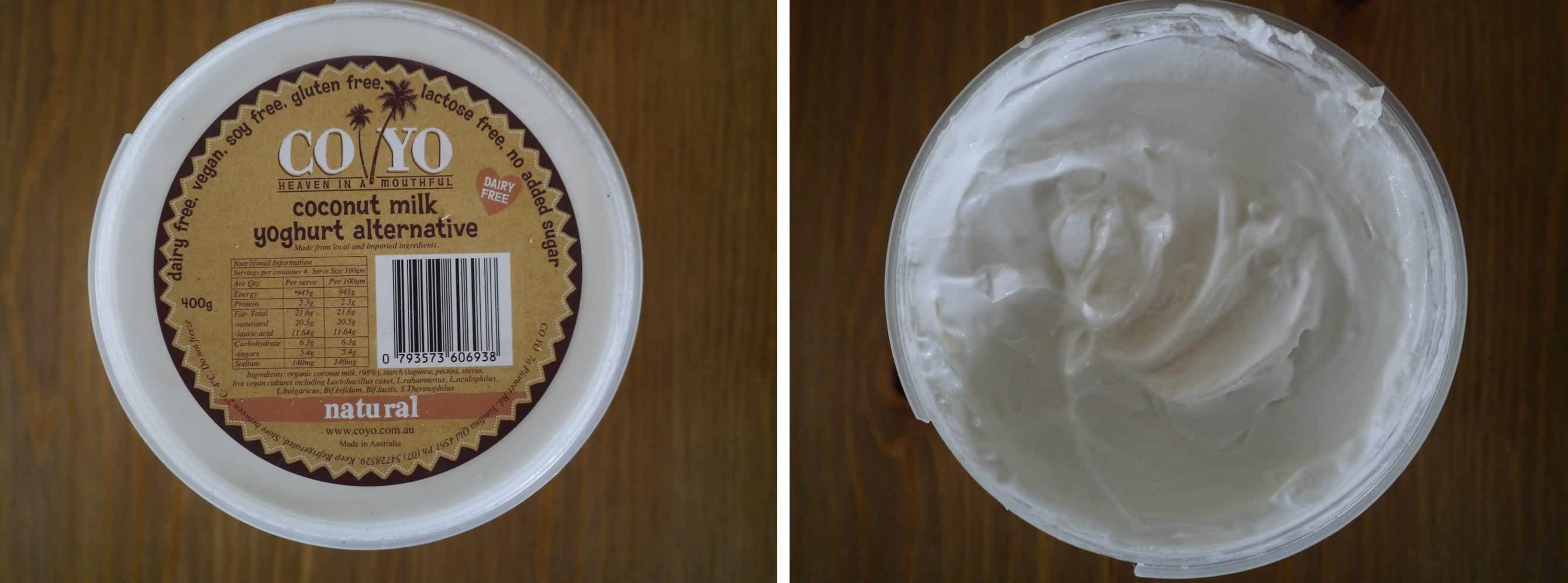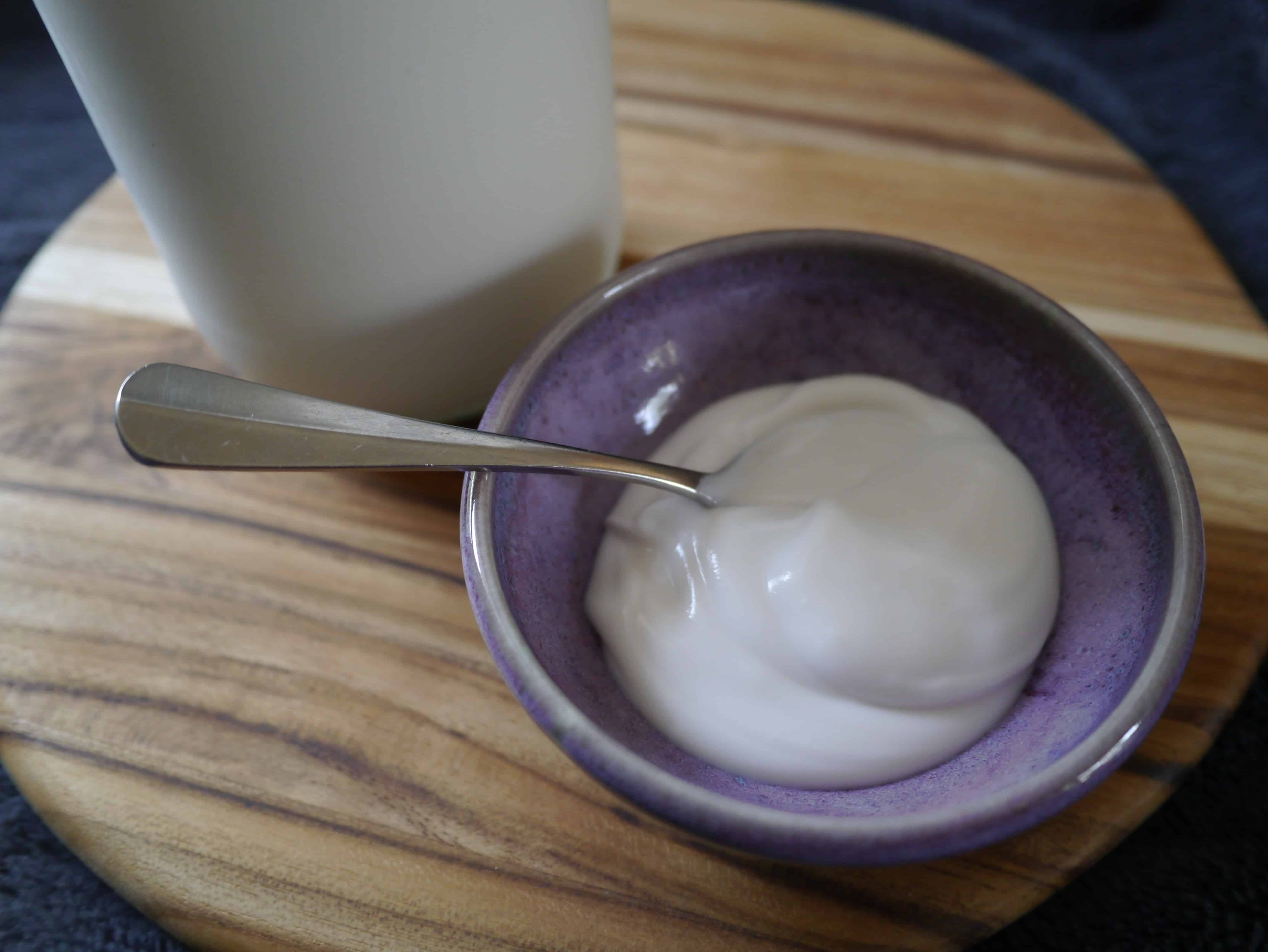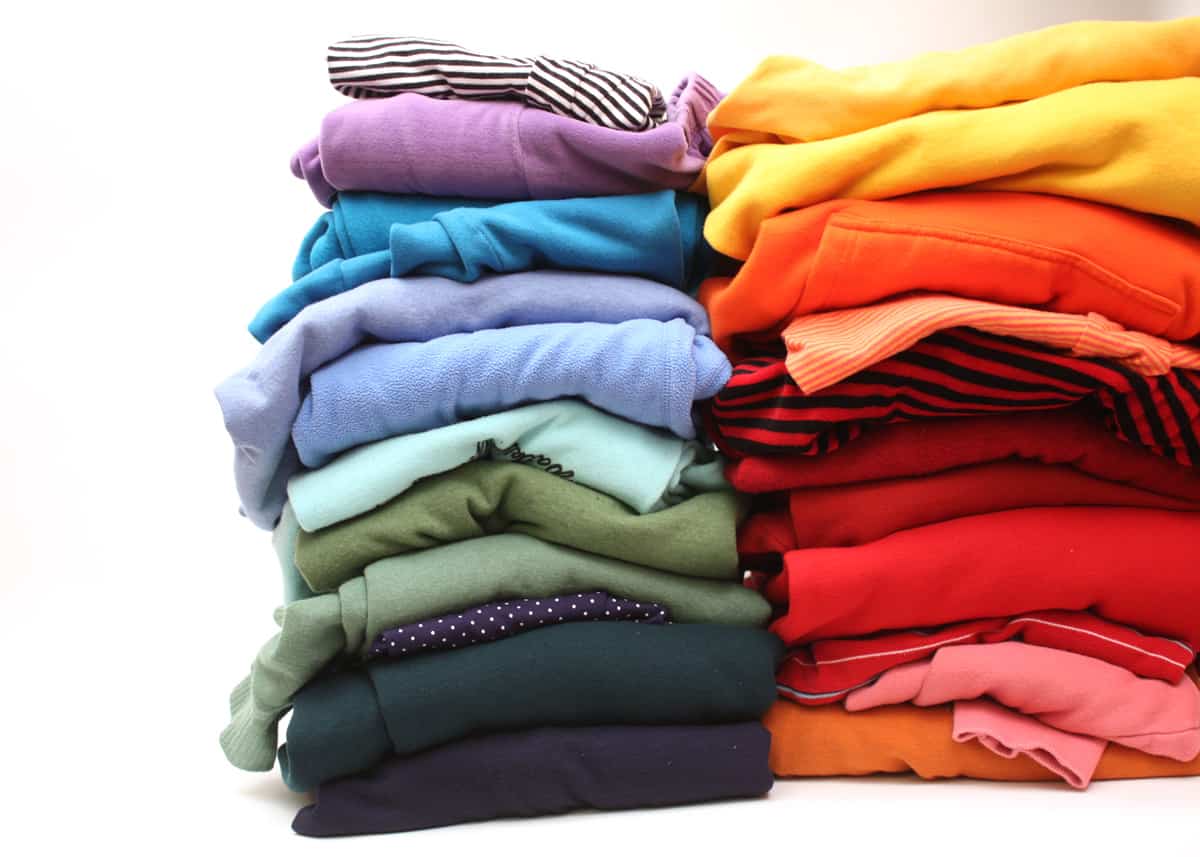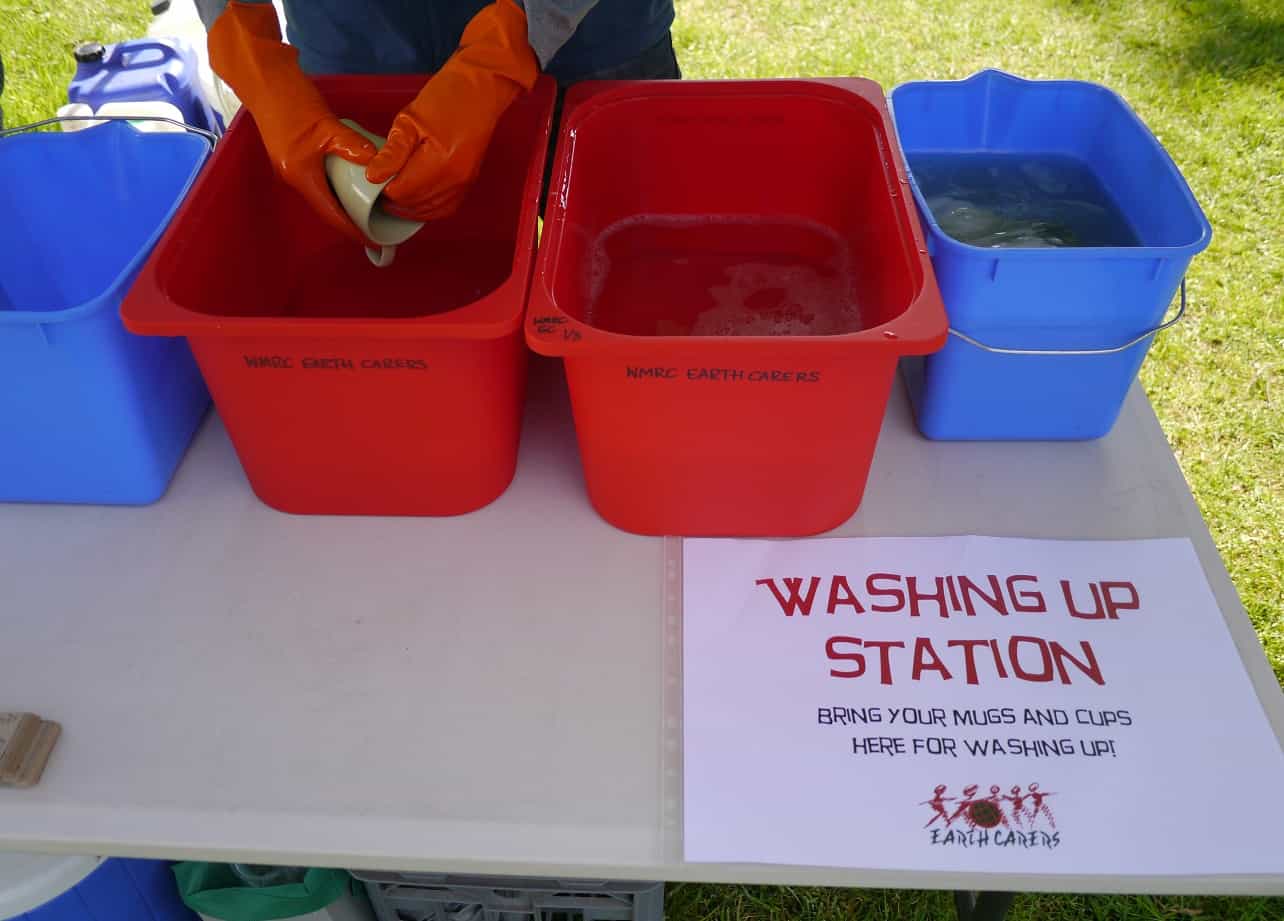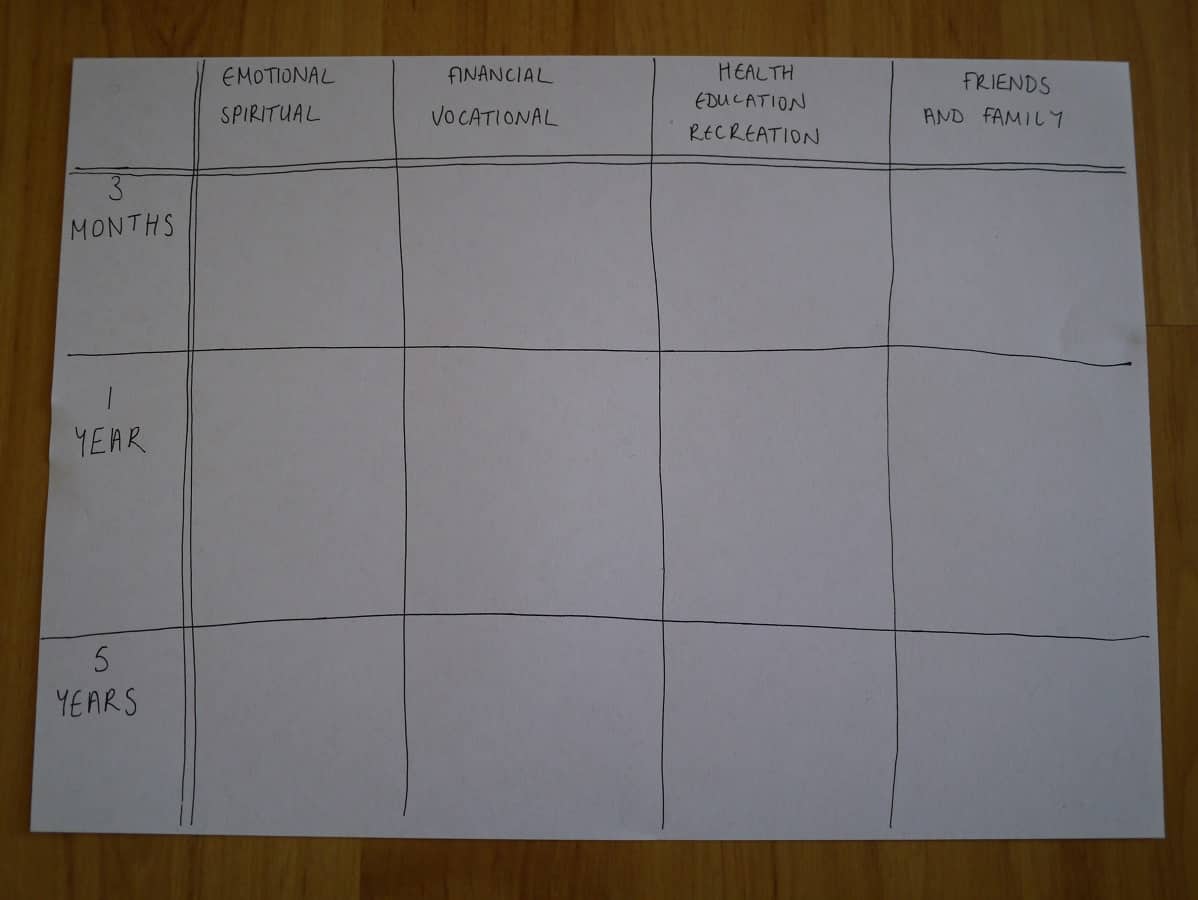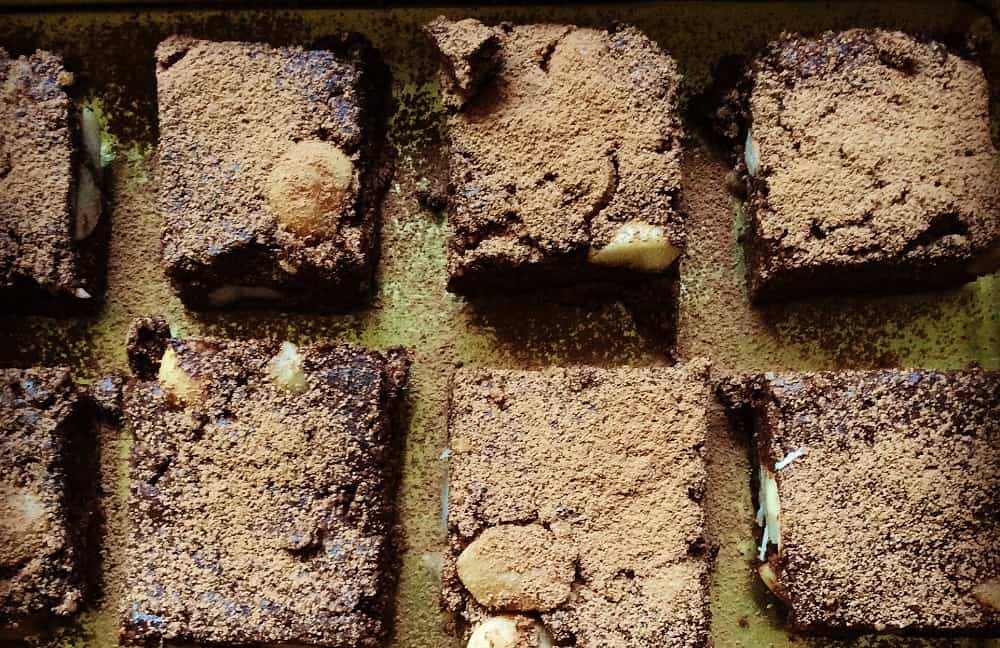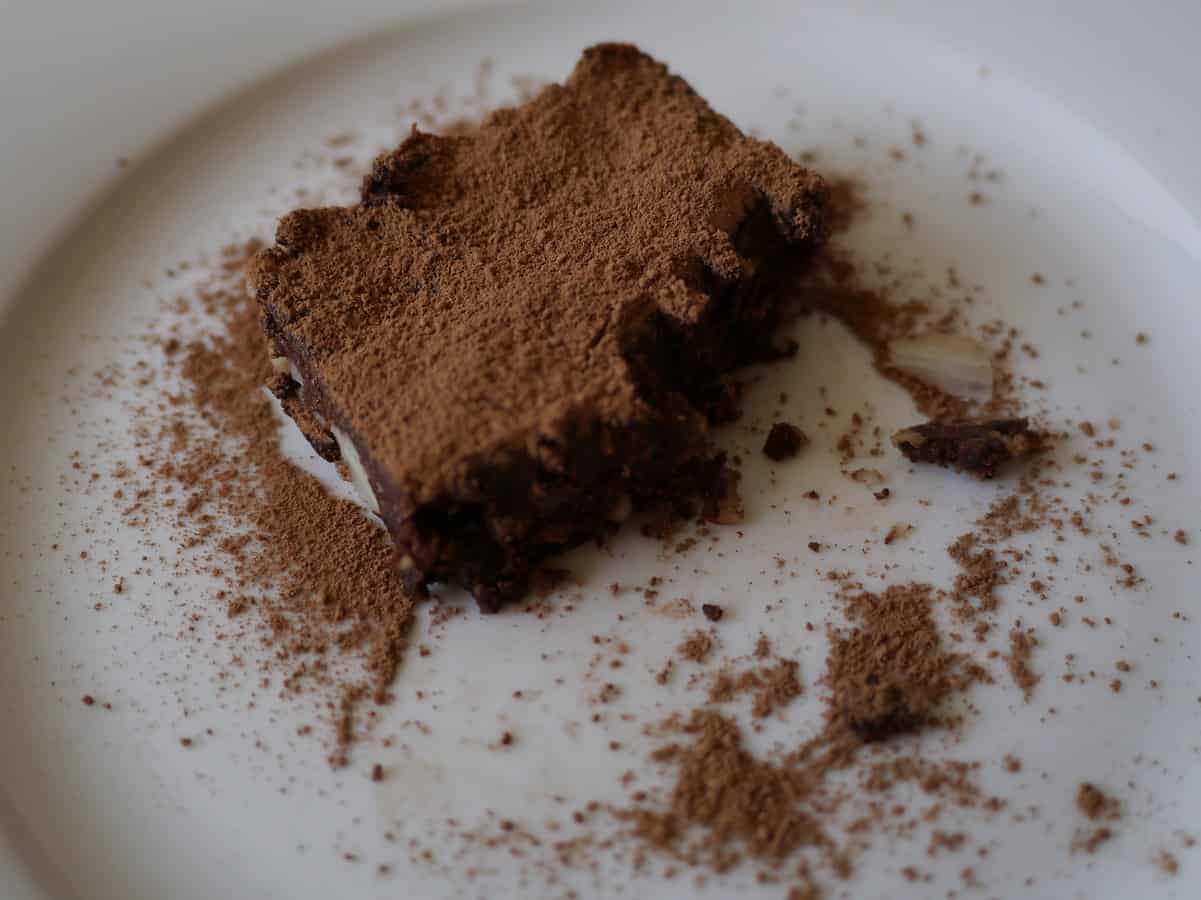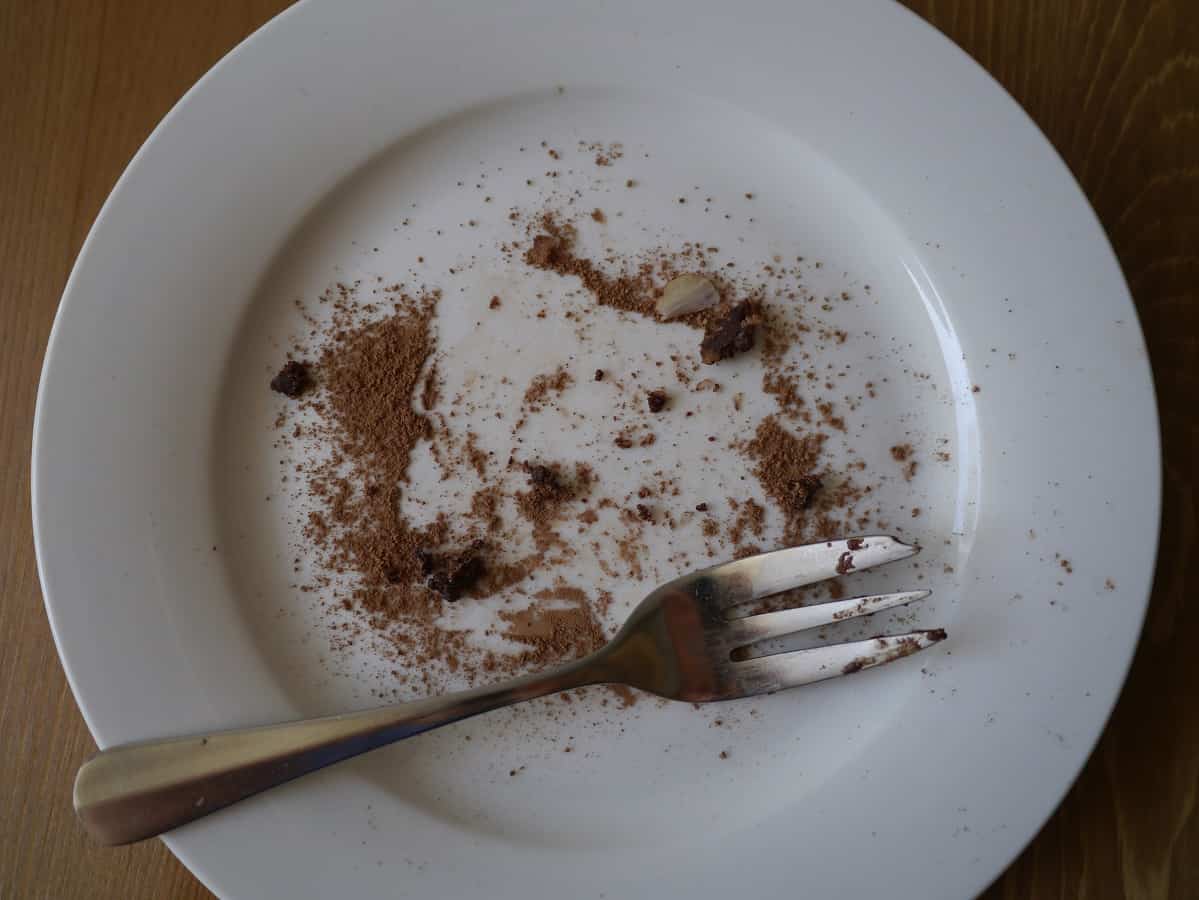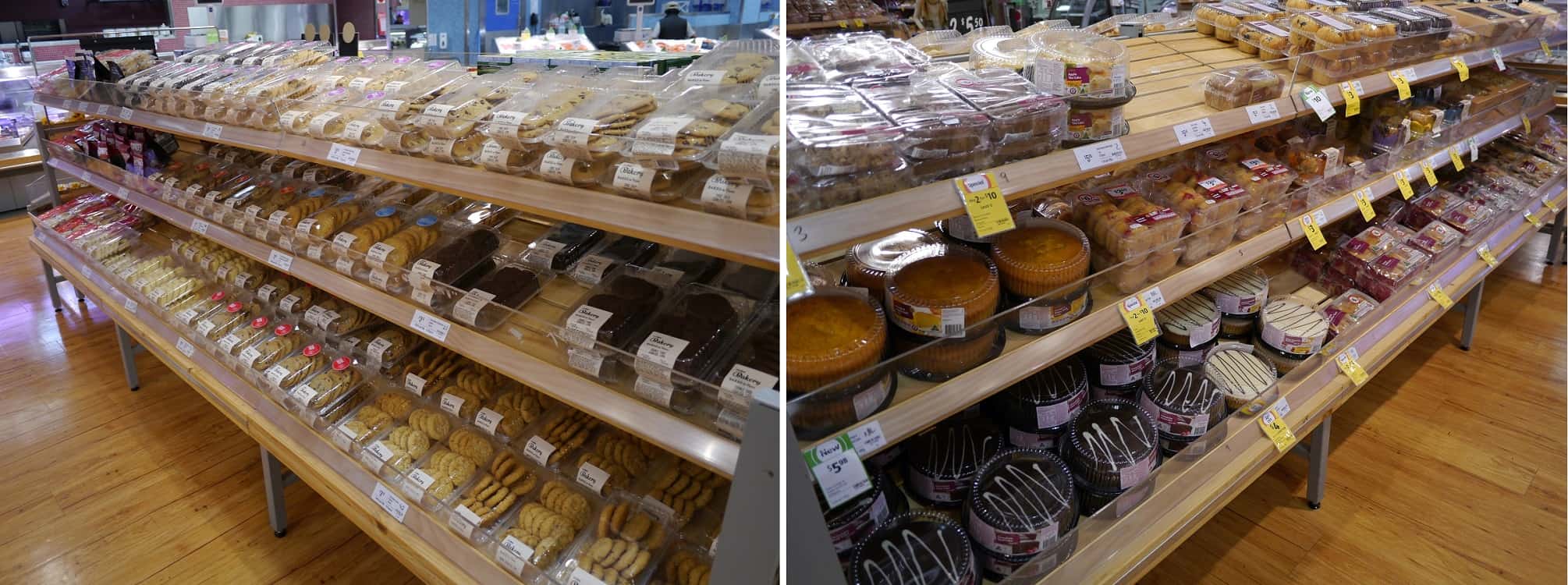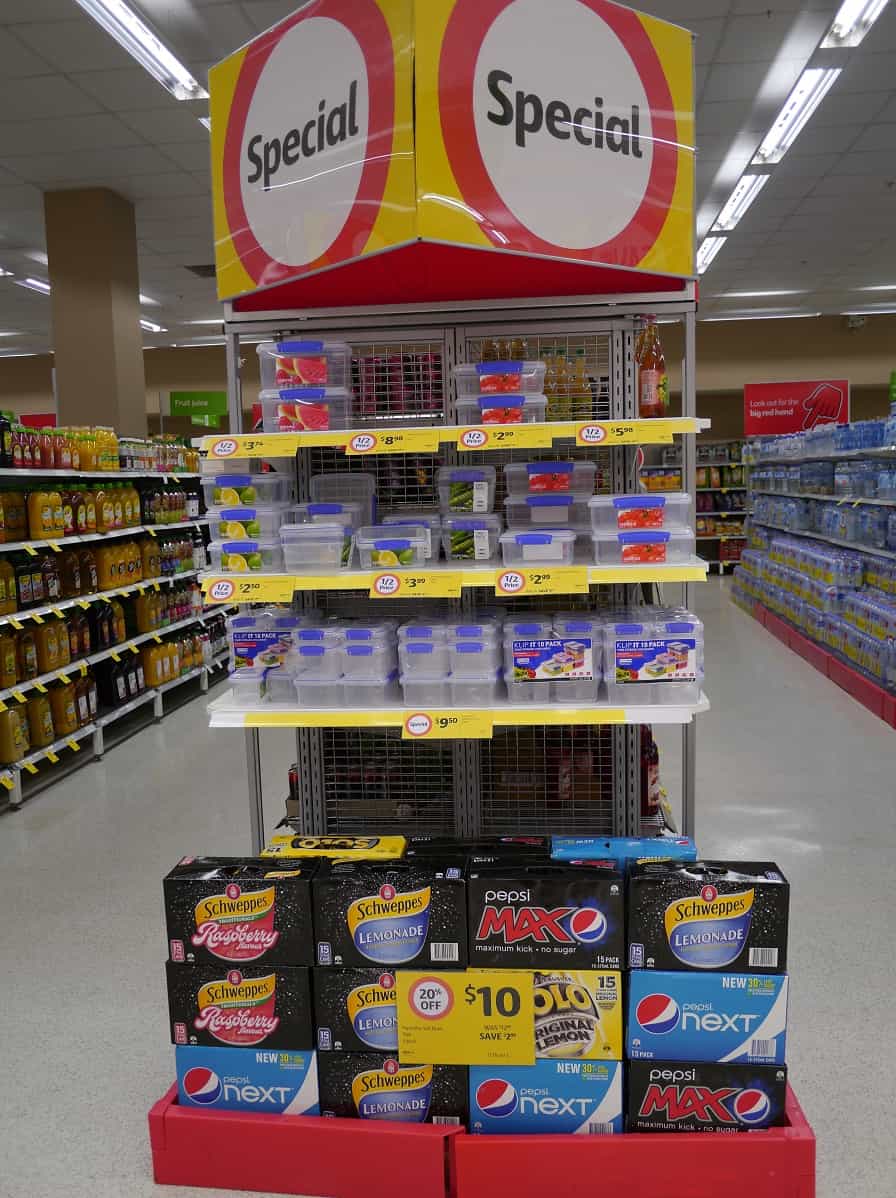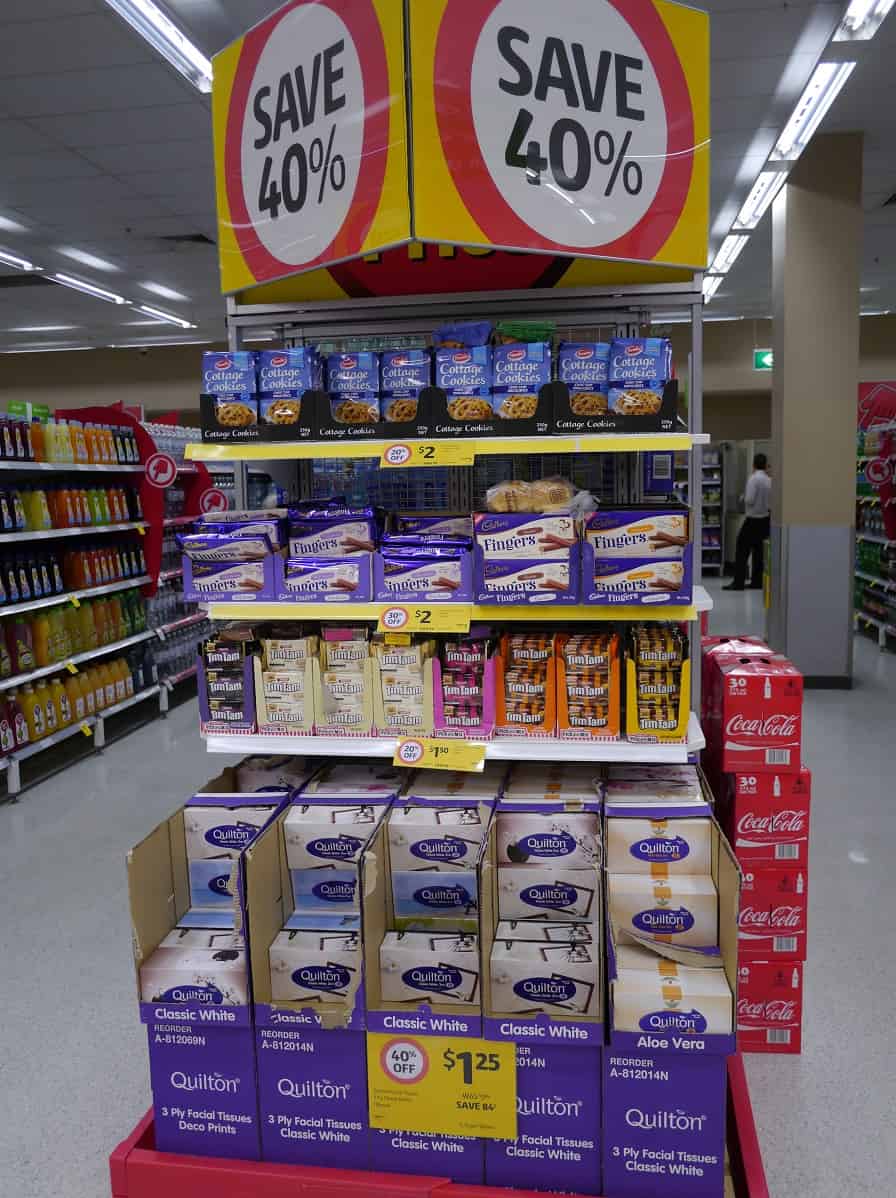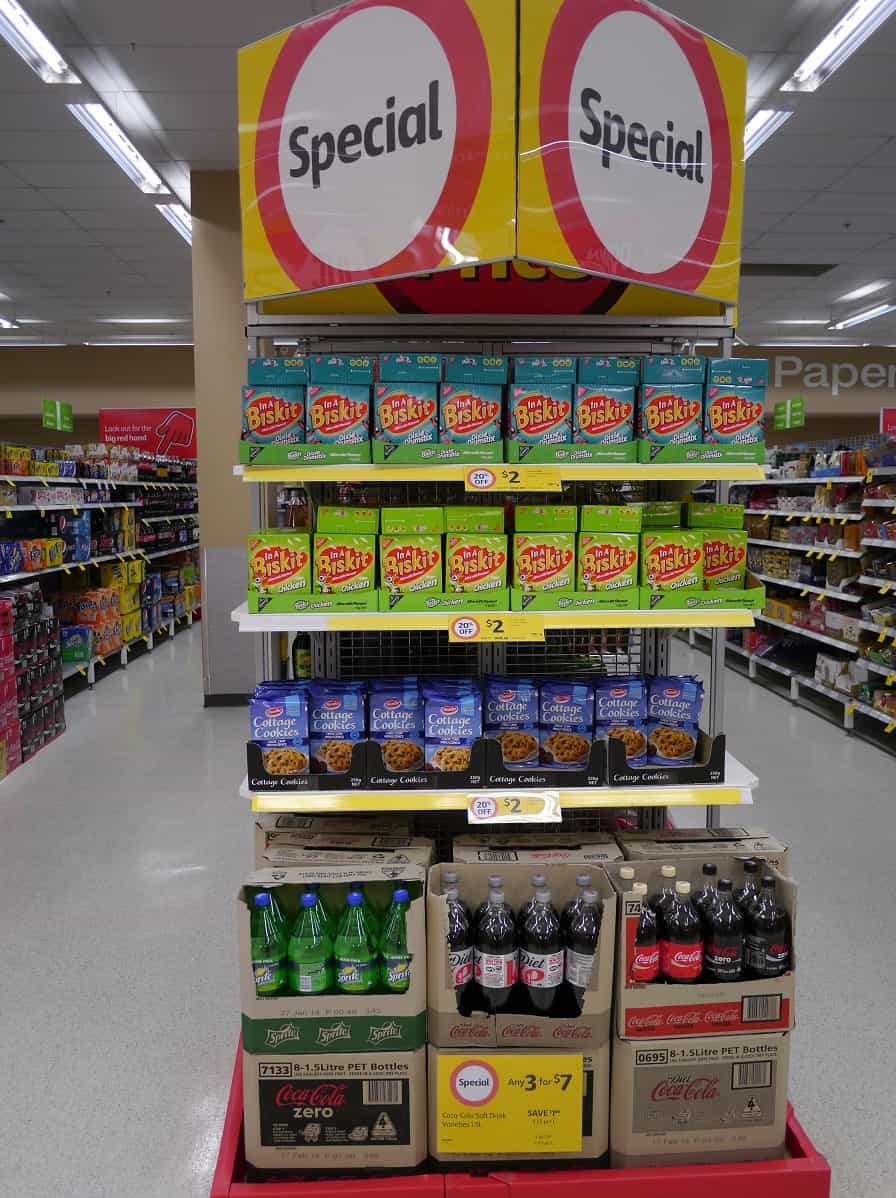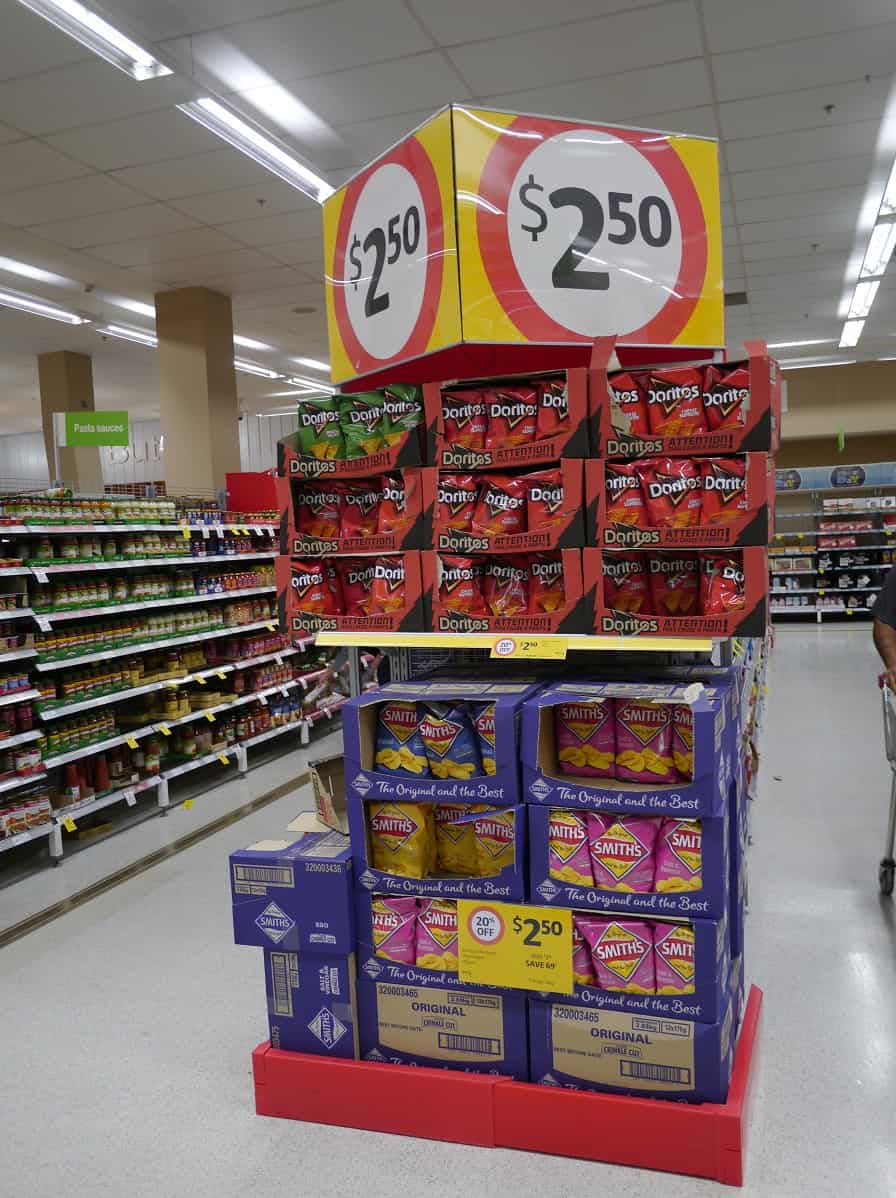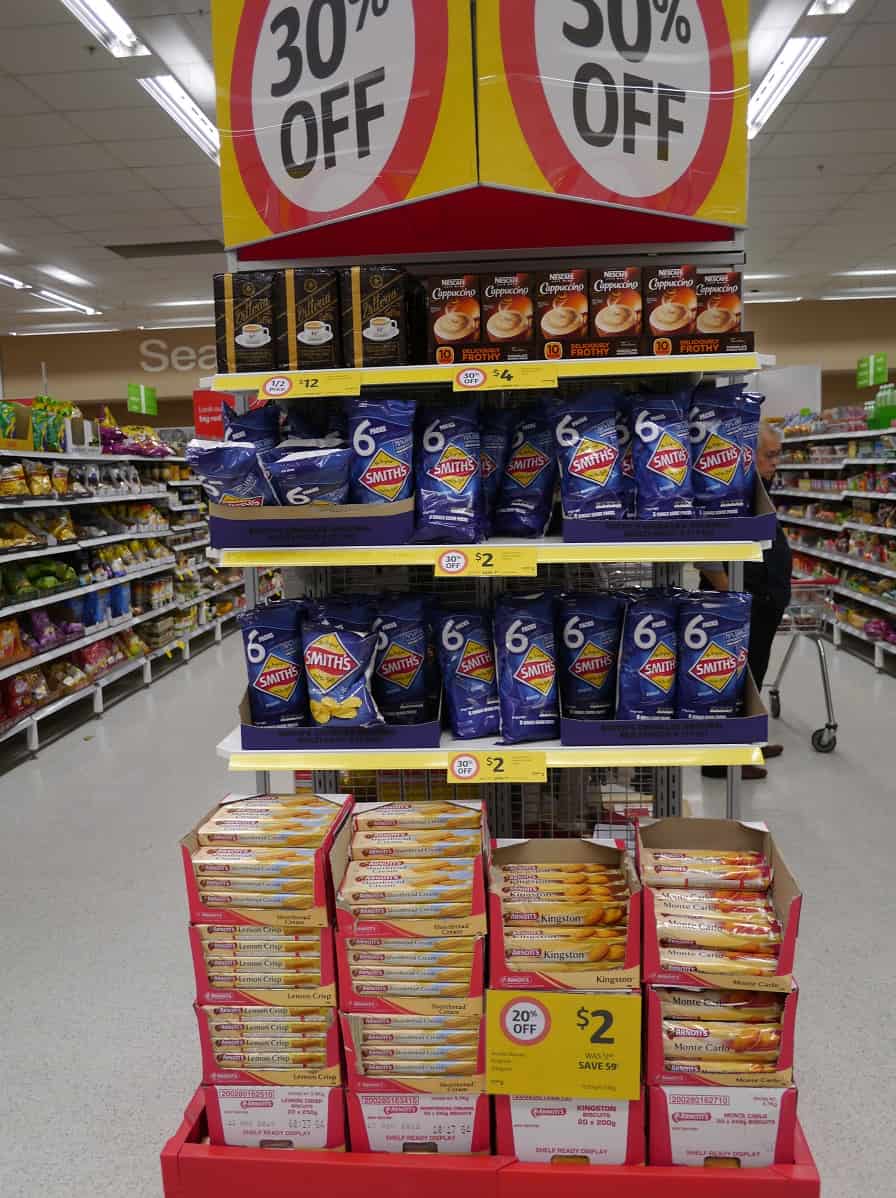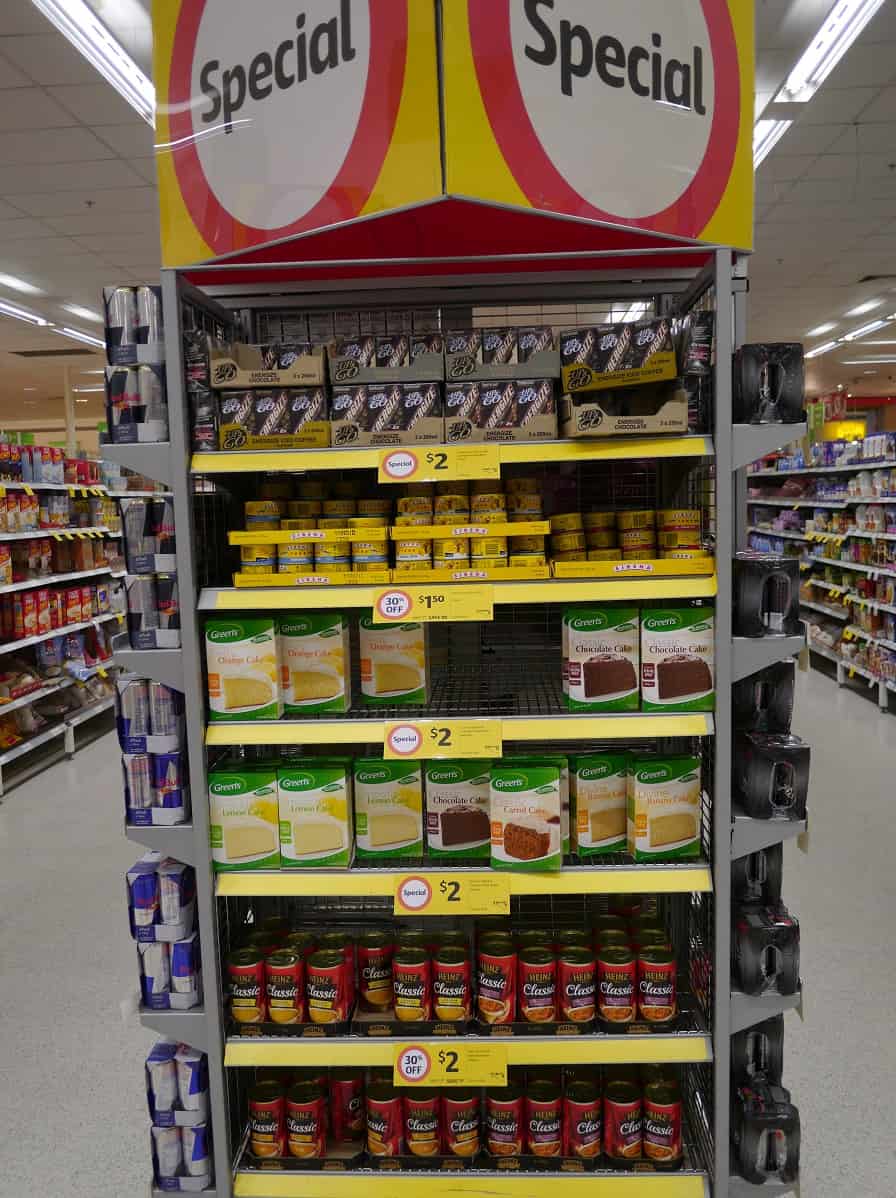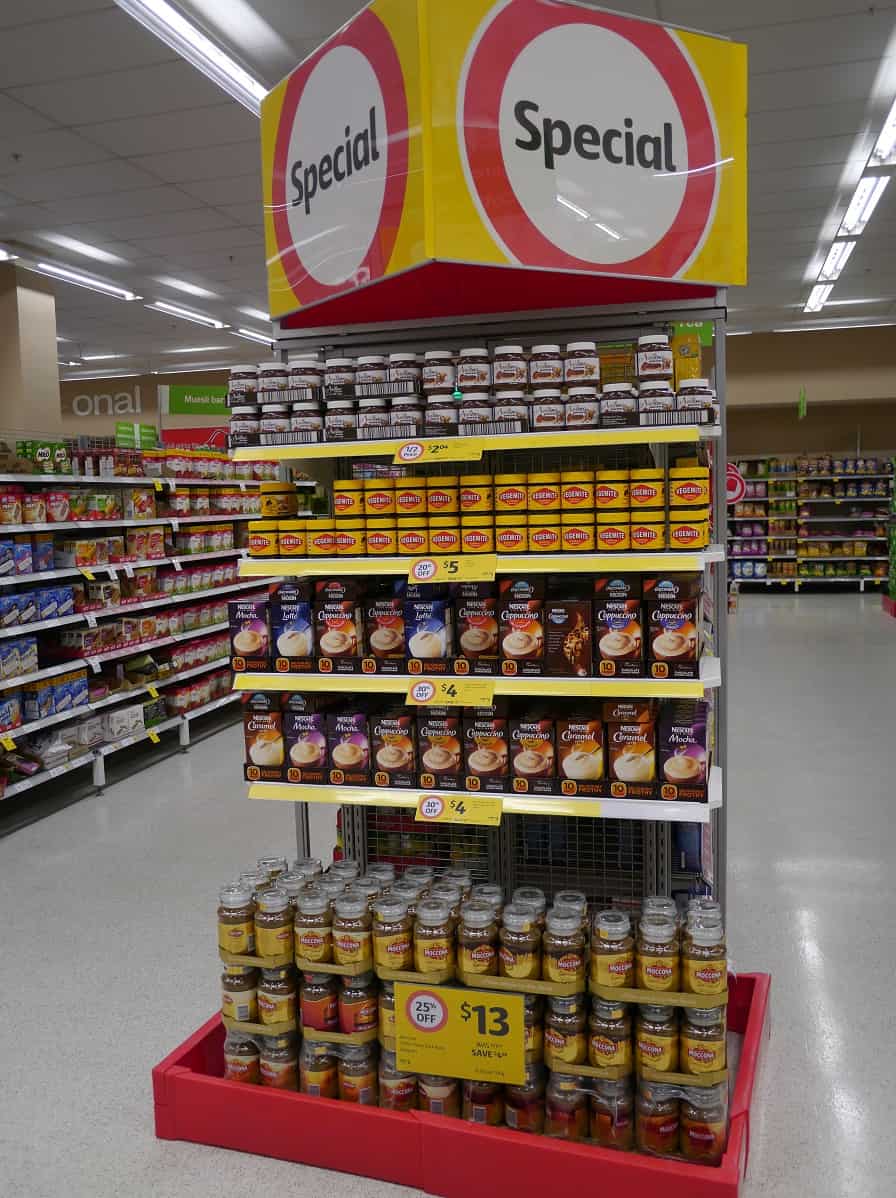Last Friday my boyfriend and I went to an Ecoburbia community movie screening to see the documentary “Play Again?” The tagline of the movie is “what are the consequences of a childhood removed from nature?” It follows 6 teenagers who usually spend 5-15 hours a day behind screens, and takes them on their first wilderness adventure. It also features the commentaries and observations of a number of experts including journalist Richard Louv, sociologist Juliet Schor, environmental writer Bill McKibben, educators Diane Levin and Nancy Carlsson-Paige, neuroscientist Gary Small, parks advocate Charles Jordan, and geneticist David Suzuki. This is how the offical Play Again website describes the film:
“One generation from now most people in the U.S. will have spent more time in the virtual world than in nature. New media technologies have improved our lives in countless ways. Information now appears with a click. Overseas friends are part of our daily lives. And even grandma loves Wii.
But what are we missing when we are behind screens? And how will this impact our children, our society, and eventually, our planet? At a time when children play more behind screens than outside, PLAY AGAIN explores the changing balance between the virtual and natural worlds. Is our connection to nature disappearing down the digital rabbit hole?”
It was an interesting movie and it was great to see six kids getting back to nature for the first time. There were some interesting observations from the teenagers – like the younger boy who observed that “outdoors was more realistic”, and the older teen who noted when playing team games that in the virtual world he was the commander and could manage and control teams successfully, whereas in real life it wasn’t so easy.
Another comment that stuck with me was when the teenagers were making bows and arrows, and the younger boy told the camera that on computer games it was really easy to shoot and hit a target, whereas in real life it was actually quite hard. That’s the thing about real life, isn’t it? There’s a lot of loss and struggle and disappointment that go between the successes and triumphs and wins.
Although the movie dealt with the issue of screen time in regards to children, these issues actually affect all of us, and it’s interesting to reflect on how much screen time we use as adults. Especially since the dawn of smartphones, I think most people would agree “too much”. Even if they don’t, I’m pretty sure those health experts would have a different opinion!
It made me think about how we use screen time in our household. We don’t have a television, we share a single laptop and we both have smartphones. Through our phones we have access to screens all day every day, and we use them for significant amounts of time. I’ve been feeling like we use them too much and should cut down but hadn’t really done much about it. This movie was a reminder that there’s a real world surrounding the virtual one, and we should re-connect with it more. So here are some ideas I’ve come up with for using screens less.
Ideas for reducing screen time:
1. Get a watch (or a clock)
I don’t wear a watch and we don’t actually have a clock in the house, so I use my phone to tell the time. But once I pick it up, it’s so easy to ‘quickly’ check Facebook/the news/my email, and before I know it I’m engrossed in the virtual world. I got some inspiration from another blog post I read, and I’ve decided that we will get a clock so we know what the time is without the need for screen time.
2. Remove phones from the bedroom
This is one thing we actually changed before watching the movie. My boyfriend used to use his phone as an alarm, but would also end up straight on social media within two seconds of waking up every morning. It’s also a temptation for those nights when it’s difficult to get to sleep and can be a luring distraction – but it’s not going to help with sleep! For that reason, plus the fact that sleeping with our mobiles next to our heads is probably not that good for our health, we got a new alarm and have removed the phones from the bedroom.
3. No screens at mealtimes
This may seem obvious, and if my boyfriend and I are eating together at the table we never have our phones there. It’s just plain rude. How much nicer to actually talk to each other?! However, if I’m alone it’s super easy to grab lunch and head straight back to the computer and eat in front of it. How many people have lunch in front of their computer screen at work? So now I have a new rule – no mealtimes in front of screens. It means I give my eyes and mind a rest, have a proper break and also appreciate exactly what I’m eating. How easy is it to polish off a bowl of food without even noticing when you’re engrossed in something else?
4. Resist the urge for instant answers
The thing about the internet, it can answer all of our burning questions almost instantly. Which means whenever we want to know ANYTHING we can simply look it up online and the answer’s there. No need to wait. I’m not sure this is a good thing. Isn’t patience a virtue?! Is it possible to write those burning questions we want to know down, and check them all together at a later time? I don’t know. I’m as guilty as the next person of needing to know answers immediately whenever burning questions present themselves. But once I’ve connected, I’ll look at other things too, and before I know it time has slipped away. So I’m planning to try it out.
5. Limit the number of check-ins
Have you ever checked your e-mail, Facebook, twitter and whatever other social media you use to find that you have not had one single new message/update since the last time you checked? Do you ever check them just for the sake of it, even if you suspect nothing has been updated? On a typical day I check everything in the morning, at lunchtime, and again in the afternoon. (Most people who commute by public transport seem to use their time in this way.) I might also check last thing at night. I think it makes replying and responding manageable. I wonder though, whether it would make any difference if I just checked twice a day? What if I took a book to read instead? I always say I don’t have enough time to read and I always have a pile of library books that invariably get returned half-finished or untouched. If I cut down my screen time, I’d have plenty of time for other things I think I can’t squeeze in.
6. Allocate screen-free time
I’ve suggested this to my boyfriend in the past and he thinks it is a good idea – yet we’ve never put it into practise. Does that mean we find it too hard? Surely we can commit to something? Not being able to makes me feel like some kind of addict! It also seems pretty ridiculous. It’s not like we spend all our time in front of screens, either. The movie inspired me to finally come up with a screen-free time at home when neither of us are allowed to go near any sort of screen. I’ll let you know how it goes!
7. Start a diary
The other thing that I realised when writing this was I have no idea how much screen time I actually use. I’m pretty sure it’s too much. I want to cut down, but to what? What is realistic? Am I more hooked than I think? I’m pondering keeping a screen diary for a week to find out how much I actually use. It will probably be a revelation – but am I too scared to find out?!
So there’s my ideas… now I’d love to hear yours! Feel free to share any thoughts you have in the comments below.
[leadpages_leadbox leadbox_id=1429a0746639c5] [/leadpages_leadbox]

